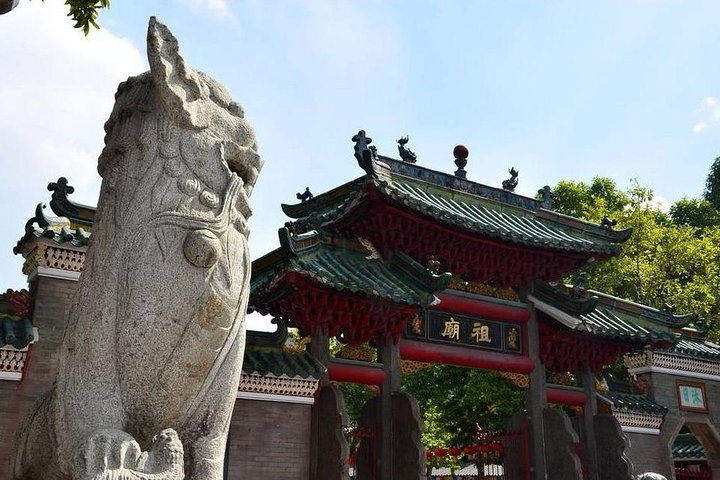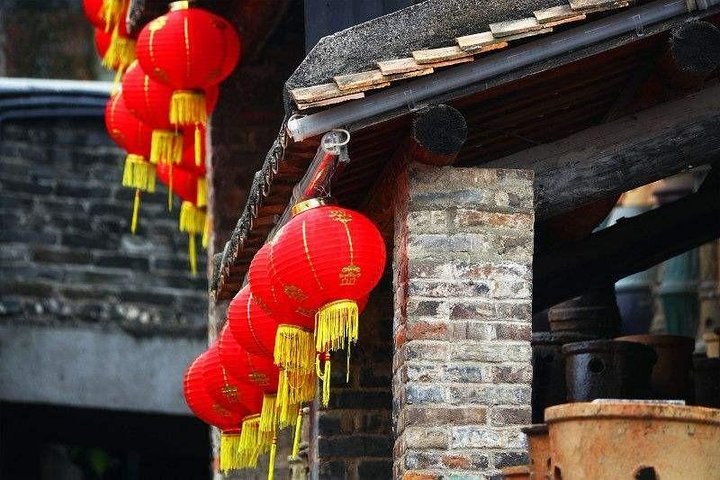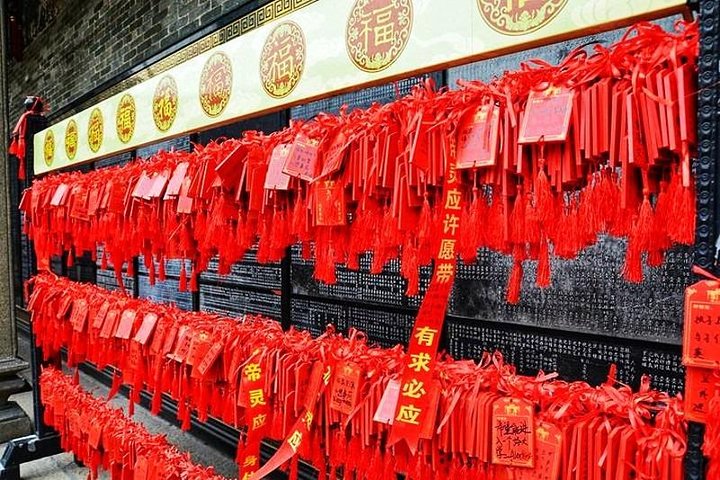Exploring the Cultural Tapestry of Foshan: A Journey Through Bruce Lee’s Hometown
Embark on a cultural journey through Foshan, the hometown of Bruce Lee, and explore the rich tapestry of Lingnan culture. From ancient temples to porcelain kilns, this tour offers a deep dive into the traditions and artistry of the region.
A Journey to the Heart of Lingnan Culture
As I embarked on the Foshan City Tour, I was filled with anticipation. Foshan, a city renowned for its rich cultural heritage and as the hometown of the legendary Bruce Lee, promised an experience that would deepen my understanding of Lingnan culture. The journey began with a comfortable ride from Guangzhou, where I was greeted by my knowledgeable guide, who would accompany me throughout the day.
Our first stop was the Ancestral Temple, a site that has stood for over a thousand years. As I walked through the temple complex, I was struck by the intricate wood and brick carvings that adorned the structures. The Confucius Temple and Beidi Temple were particularly captivating, each offering a glimpse into the spiritual life of the region. The HuangFeihong Memorial Hall, dedicated to the famous martial artist, was a poignant reminder of Foshan’s connection to martial arts history.
The highlight of the visit was the “Awakening Lion Performance,” a traditional dance that embodies the spirit and vitality of the local culture. Watching the performers, I felt a deep connection to the past, as if the very essence of Lingnan culture was being brought to life before my eyes.
Discovering the Art of Porcelain
After a delightful lunch at a local restaurant, where I savored the flavors of Foshan’s famed dim sum, we continued our journey to the Nanfeng Ancient Kiln. This site, known as the oldest kiln in China, offered a fascinating insight into the history of porcelain making.
As I explored the kiln, I was transported back in time, witnessing the traditional methods of porcelain production that have been passed down through generations. The various ceramic displays showcased the evolution of this art form, each piece telling a story of its own. I even had the opportunity to try my hand at creating a piece of porcelain, guided by a skilled artisan. This hands-on experience allowed me to appreciate the craftsmanship and dedication required to master this ancient art.
The surrounding Lingnan folk houses and the architecture of the Ming and Qing Dynasties added to the charm of the site, creating a serene atmosphere that invited reflection and appreciation of the region’s cultural heritage.
Serenity in the Gardens of Liang’s Park
Our final destination was Liang’s Garden, one of the four classic gardens in the region, built during the Qing Dynasty. As I wandered through the garden, I was enveloped by a sense of tranquility. The elegant design, with its clear ponds, lush greenery, and exquisite rock formations, was a testament to the artistry and harmony that define Chinese garden design.
The garden’s beauty was further enhanced by the delicate carvings and bridges that dotted the landscape, each element thoughtfully placed to create a harmonious balance with nature. As I paused by a serene pond, I reflected on the day’s journey and the rich tapestry of culture and history that Foshan had revealed to me.
The Foshan City Tour was more than just a visit to a city; it was an immersion into a world where tradition and modernity coexist, where the past is honored, and the future is embraced. It was a reminder of the importance of preserving cultural heritage and the joy of discovering new perspectives through travel.





































